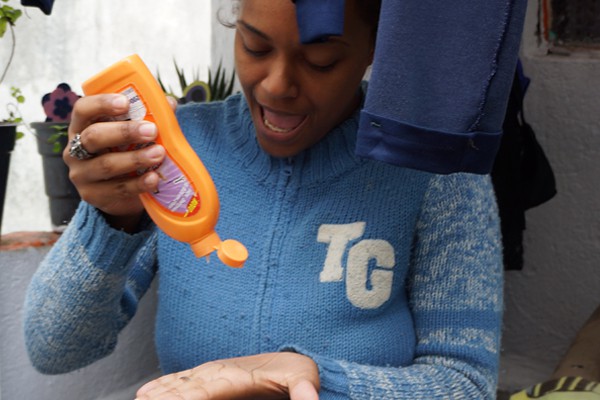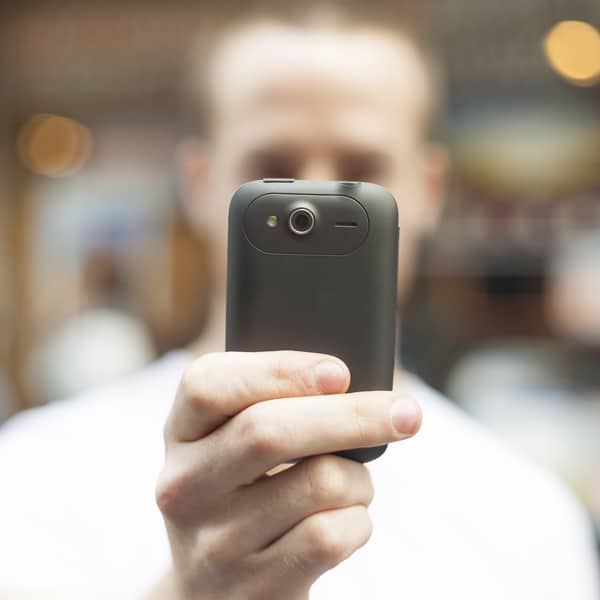Mobile Ethnography. New Methods Demand New Approaches.
As early adoption of tech often goes, while some companies have taken the plunge into the world of mobile ethnography, many are simply applying new technology to old thinking, replicating the same studies they were doing in the field – without giving much thought about how to best use the wide-open digital world now available to them.
It’s easy to get excited about the possibilities of mobile ethnography. The ability to peek into previously tough-to-capture moments and gather media-rich responses to your answer most pressing research questions is enticing. But there’s a lot of confusion about how to actually do it well.
Mobile ethnography is not a survey, nor is it pure ethnographic research. Mobile research is its own distinct methodology and it requires a much different approach.
When you’re physically there with a participant in traditional ethnography, you can let their actions and their environments guide your line of questioning, building empathy and capturing deep learning.
When you are conducting a survey, you can rely on having a focused 15-20 minutes of participant attention where you can pose a battery of detailed questions, drilling into the breadth and scale of a potential opportunity.
But, because mobile ethnography is neither in-person nor focused around a single, focused point in time, it requires researchers to think differently. When structuring for mobile, you must anticipate respondent behavior and carefully structure the tasks you want capturing and the questions you want to be answered ahead of time. And even then, it’s not always easy to gather both quality and quantity of responses you need to form a robust qualitative data stream.
To make the best use of mobile ethnography, you have to create not just studies but mobile engagements that prompt respondents to share openly, honestly and frequently. The key is to learn how participant’s lives naturally unfold, and then to fit your study within their world. Here’s how.
5 TIPS FOR STRUCTURING A MOBILE ETHNOGRAPHY ENGAGEMENT
1. Consider the delivery.
You’re reaching people on their most personal device; stay colloquial — but not irreverent.
The power of a mobile device is that people use it for a variety of really personal reasons: for connection, for entertainment, for their livelihoods – and often it’s never out of arms reach. If you set the tone of voice of your study to match the personal way your audience engages with their device, you’ll intrude less and learn more. Your responses will be more intimate, deep and compelling because you’ll be proving right from the start that you “get” them.
You want to keep it fun and engaging. Stay away from business or tech speak. Asking a question like, “Tell me about the features and benefits of this product,” may drive directly at your study objectives – but it’s awfully boring to answer. Plus, features and benefits might have a different meaning for the average participant than it does to you as a researcher. Instead, ask your respondents show you what they can do with the product, then observe and record the value they derive from the interaction.
2. Build connections with your respondents.
Don’t be afraid to get personal; help them feel like a human, not a research subject.
Know your audience, and you can make colloquialism work further for you by incorporating slang and conversational language that helps you better connect with participants (i.e. questions for Millennials should be phrased differently than those for Baby Boomers). You want to sound like someone they can relate to; someone they’d want to be friends with and tell things to. Start by responding and prompting individuals by name so they know they aren’t just sending responses off into the ether. Then frame your questions in a way that reflects an interest in the person and genuine curiosity, just like you’d use when talking to a friend who you actually care about. It should help you get warmer, more unique and genuine responses.
3. Capture responses with minimal intrusion.
Consider if what you’re asking respondents to capture is easy to document, and if they’re okay capturing it in the location you’re asking about.
Remember that not everyone is a wanna-be YouTube star interested in filming every moment of their day (nor do you want to have to review copious hours of footage). Ask yourself: Will they feel comfortable capturing specific behaviors, especially if it’s being done in public? Is the moment short enough in duration that it can be documented in a few minutes; or, do you need to be more specific?
From a practitioner’s perspective, it’s all about giving people the ability to quickly capture what’s happening and respond to questions without taking them out of the moment.
4. Create opportunities to discover connections among questions.
Think about your lines of questioning synergistically — you may not need to capture the full answer all at once.
A lot of the language people typically use in market research or design research really does not work as well for mobile ethnography. Research objectives reframed as inquiries or the type of direct questioning often written for quantitative surveys (“How did you use the thing you were using?”; “How do you feel when you do x?”) don’t leave room for exponential insights; they don’t get you to the tangents. With mobile ethnography, it can serve you better to develop lines of indirect questioning, in addition to capturing examples of behavior in the moment. These indirect questions, such as, “draw a character that represents x,” or “act out a breakup conversation with y,” can ultimately reveal more about what is important to the subject and allow for nuances in answers. And because you’re capturing data over time, you can piece together insights from anywhere across your data stream.
5. Context, context, context.
Save reflective or value-judgment questions until the end so as to not bias your sample.
Indirect questions also help avoid any type of bias. If you’re doing a study on healthy eating habits, for example, you don’t want to start off by asking “What’s your philosophy on healthy eating?” For the next 3 days, you’re going to see your subject leaning into that philosophy because now you’ve just anchored them on an ideal. Instead, start with more broad-based lifestyle questions, or you might ask them to show you what’s in their fridge or pantry, and you can start to gather impartial evidence on consumption habits. Dig into what’s going on before, after — and way after the information you are looking to capture, too, to better understand the relevant triggers and rewards that establish behavior patterns.
One last tip: When thinking about mobile ethnography, consider your study from two perspectives — the first is your respondent, and the second is you, the person who is analyzing the data. You want to keep it fun and engaging, for both your sakes! You also want your efforts and energy to pay off, so keep your questions simple and straightforward; don’t leave room for confusion or you won’t get the data you need. A good way to make sure your questions are easy to understand? Text them to a friend. See what you get back. Their responses just might surprise you!
For more on mobile ethnography and the benefits of this research method, see “What is Mobile Ethnography? And why you should use it?”











